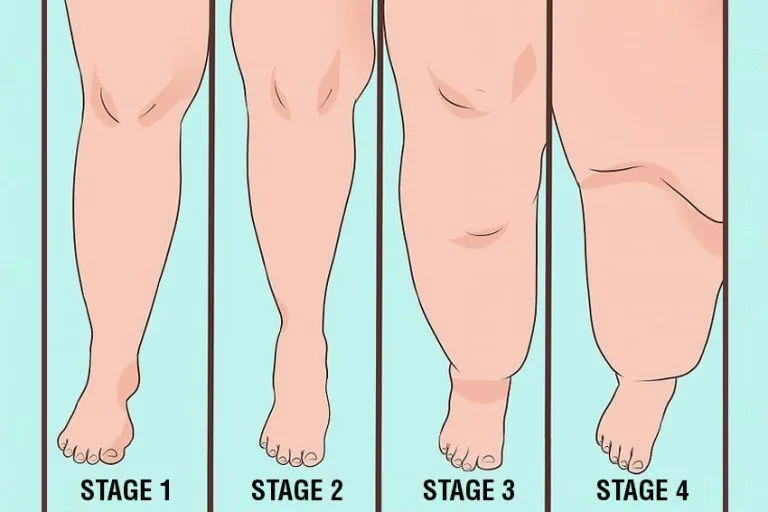H. Hartplein 33 A
5462EB Veghel NL
5462EB Veghel NL
Monday – Saturday – 8:00 – 18:00
Sunday – 8:00 – 14:00
Sunday – 8:00 – 14:00

Lipedema is a medical condition primarily affecting women, characterized by abnormal fat accumulation in the body. The fatty tissue, which is usually concentrated in the lower extremities such as the legs, thighs, and hips, causes these areas to enlarge much more than normal. Lipedema is not just a cosmetic issue but a condition that can lead to physical and psychological discomfort. However, the exact cause of lipedema remains unclear. Genetic factors and hormonal changes are believed to play a significant role in its development.
The most prominent symptom of lipedema is the abnormal accumulation of fat in the lower parts of the body.
This condition often leads to excessive growth in the legs and hips, and in some cases the arms may also be affected.
The doctor assesses the patient’s medical history and current symptoms.
Some tests may also be performed to differentiate lipedema from other similar conditions, such as lymphedema.
Lipedema is often triggered by hormonal changes during puberty, pregnancy or menopause, which explains why women are more often affected.
There are several approaches for the treatment of lipedema.
First, correctly diagnosing lip edema is crucial, as this helps in establishing an effective treatment plan.
Treatment methods vary depending on the individual patient’s condition and needs.
Some of the treatment methods used for lip edema include:
The psychological effects of lipedema should not be overlooked.
Problems related to weight, appearance and health can negatively affect a person’s social life and self-confidence.
Therefore, support groups and psychological counseling can play an important role in dealing with lipedema.
By sharing their challenges, people can alleviate feelings of loneliness.

Living with lipedema can present several challenges.
In addition to physical symptoms, psychological effects also play an important role.
People may have difficulty accepting this condition and find it difficult to stay motivated during the treatment process.
Aesthetic concerns in particular can cause people to isolate themselves from society.
Being well-informed about the symptoms and treatment methods of the condition can help people better understand their situation and make more effective decisions during the treatment process.
If you encounter any of the symptoms of lipedema, it is essential to consult a health care provider.
Heilig Hartplein 33A, 5462 EB Veghel NL
Maandag – Zaterdag – 8:00 – 18:00
Zondag – 8:00 – 14:00
info [@] healthandbeautytravel.nl
Maandag – Zaterdag – 8:00 – 18:00
Zondag – 8:00 – 14:00
info [@] healthandbeautytravel.nl